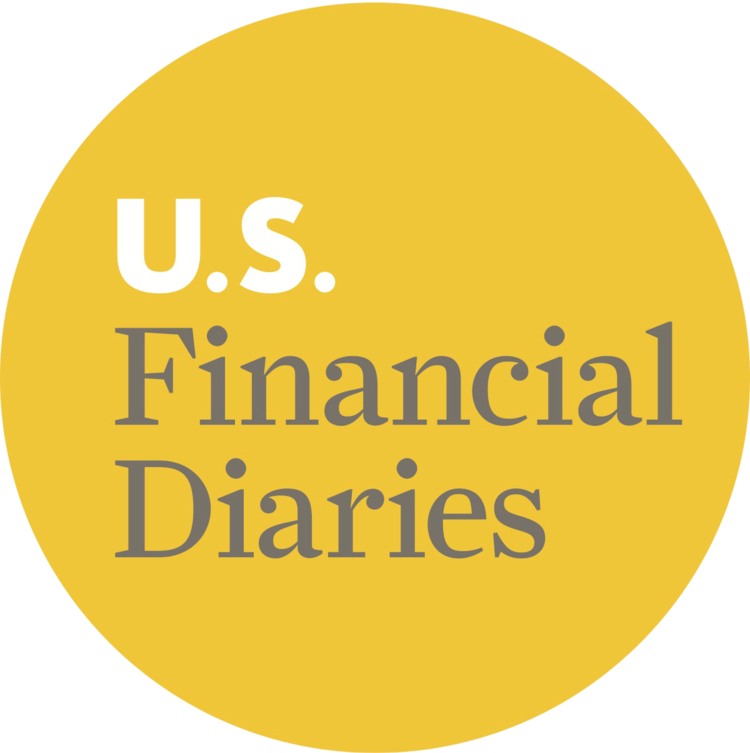Last month brought a flurry of opinions on postal banking in response to a new proposal that the US Post Office offer financial services – including bill-pay, check cashing, even small loans – to the “financially underserved.” Reactions have ranged from enthusiastic to deeply skeptical. This post highlights two key questions that have been posed and synthesizes some of the answers offered up so far.
Would the underserved consumer actually benefit from postal banks?
Photo credit: "Providing Non-Bank Financial Services for the Underserved," USPS Office of Inspector General
Some say yes. There’s evidence that the Postal Service’s financial products would be able to reach people who are “significantly poorer, older, less educated, and less likely to be employed” than those who bank at formal financial institutions according to CGAP, citing a 2013 Findex report which found that as much is true in other countries with postal banking.
Some speculate that the post office’s foray into financial services could be a gateway to offering even more consumer products. For example, one commentator floats the idea of turning the USPS into a hub for government benefits offices. Another envisions branches that offer access to free tax preparation, financial coaching sessions, and wireless internet.
Adam Levitin has a piece in American Banker suggesting that if the post office can successfully provide affordable financial services it could have a ripple effect across the industry, setting consumer expectations higher. In support of this idea, CGAP highlights World Bank evidence that the lower cost of postal remittances in other countries have driven down prices at Western Union and Money Gram.
Others say no: the post office’s potential new products might not improve upon existing services available to the underserved consumer. Felix Salmon points out that “non-banks [like check cashers and payday lenders] compete on convenience, not on cost,” and points out that consumers won’t be well-served by yet another expensive provider entering the market.
This brings us to a second question:
Would expanded financial services help the post office turn a profit?
Again, some see great potential. There is general agreement that the USPS’ strong existing customer base could drive demand and foot traffic. It has an unrivaled brick-and-mortar footprint that David Dayden calls “the best real estate in practically every city in America.” Plus, in stark contrast to their opinions on formal banks, consumers trust the post office, as noted by everyone from CGAP to American Banker to the New Republic to the New York Times. Another factor that could bolster its chances of profitability is its existing track record in the financial services industry. In fact, the post office already deals in money orders, wire transfers, and AmEx gift cards. It even offered savings accounts through 1967.
In the original proposal, the USPS Inspector General claims that “if even 10 percent of what the underserved currently spend on interest and fees instead went to more affordable offerings from the Postal Service, it could lead to some $8.9 billion in new revenue per year.” It’s unclear what exactly would keep the post office’s prices at one-tenth of the market rate, though there’s evidence that potential corporate partners would be willing to keep them low. For example, MasterCard has expressed interest in partnering with the USPS to promote “financial inclusion”.
And others are doubtful. Lisa Servon speculates that the Postal Service simply wouldn’t be able to compete with existing non-banks. She notes that the proposal doesn’t discuss the details of how the USPS would actually make money on these new financial products, and cites other for-profits that “have had a hard time offering these services at attractively lower prices.” Felix Salmon wonders whether the post office’s brick-and-mortar advantage would be offset by its limited business hours. To him, part of what makes existing non-banks convenient – and therefore profitable – is that they “tend to be open very long hours”.
I think the answers to these two questions ultimately hinge on the types of partnerships the USPS could forge. Options range from payment companies like MasterCard, to big corporate banks, to credit unions, to non-profit financial service providers. Partner motives would determine the tone of any new products, and the degree to which they reach the underserved consumer. If the post office moves forward with this plan, it will have to choose its allies wisely.
Photo credit: "Providing Non-Bank Financial Services for the Underserved," USPS Office of Inspector General
This post was written by Julie Siwicki of the Financial Access Initiative. The views expressed therein are those of the author, and not necessarily of the USFD project or its funders.



